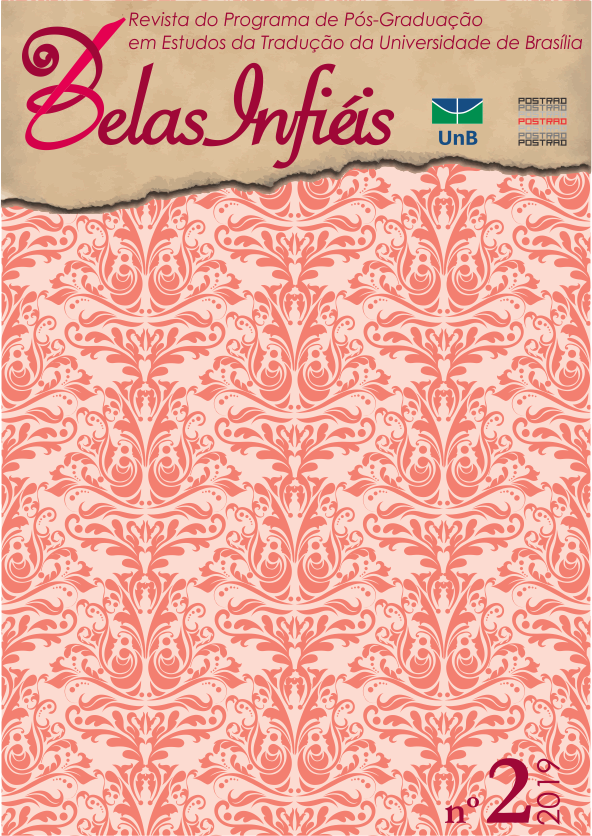How useful the task-based approach and the concept of genre can be when teaching legal translation
DOI:
https://doi.org/10.26512/belasinfieis.v8.n2.2019.10304Keywords:
Legal translation. Translation teaching. Genre. Task-based approach.Abstract
Most translators, especially those who teach translators-to-be, are constantly forced to rethink their practices and to reflect upon the various tools which can be provided to students, tools which, on the one hand, may favor the development of a critical attitude towards professional practice and, on the other, may encourage such autonomy as to allow future translators to meet the challenges to come. The purpose of this article is, then, to show how useful the task-based approach can be in translators’ training. A translation task is understood as “a unit of work in the classroom representing translation practice and purposefully directed to the translation learning, which is designed to have one concrete objective, one structure and a work sequence” (Hurtado Albir, 2003:55). Moreover, we intend to use the notion of genre (Bhatia, 2004) as applied to the study of translation (Izquierdo, 2005) in order to teach legal translation and, more precisely, to work with court orders. Aiming at showing one possible application of these two theories, we have designed a didactic sequence of activities/tasks to show students how to tackle texts autonomously and to prepare them for their future professional practice.
Downloads
Downloads
Published
How to Cite
Issue
Section
License
Given the public access to this journal, the texts are free to use but requires the recognition of the original authorship and initial publication in this journal to be properly stated.
 The journal allows the use of works published for non-commercial purposes, including the right to submit the work to publicly accessible databases. Published contributions are the sole and exclusive responsibility of the author(s).Â



















